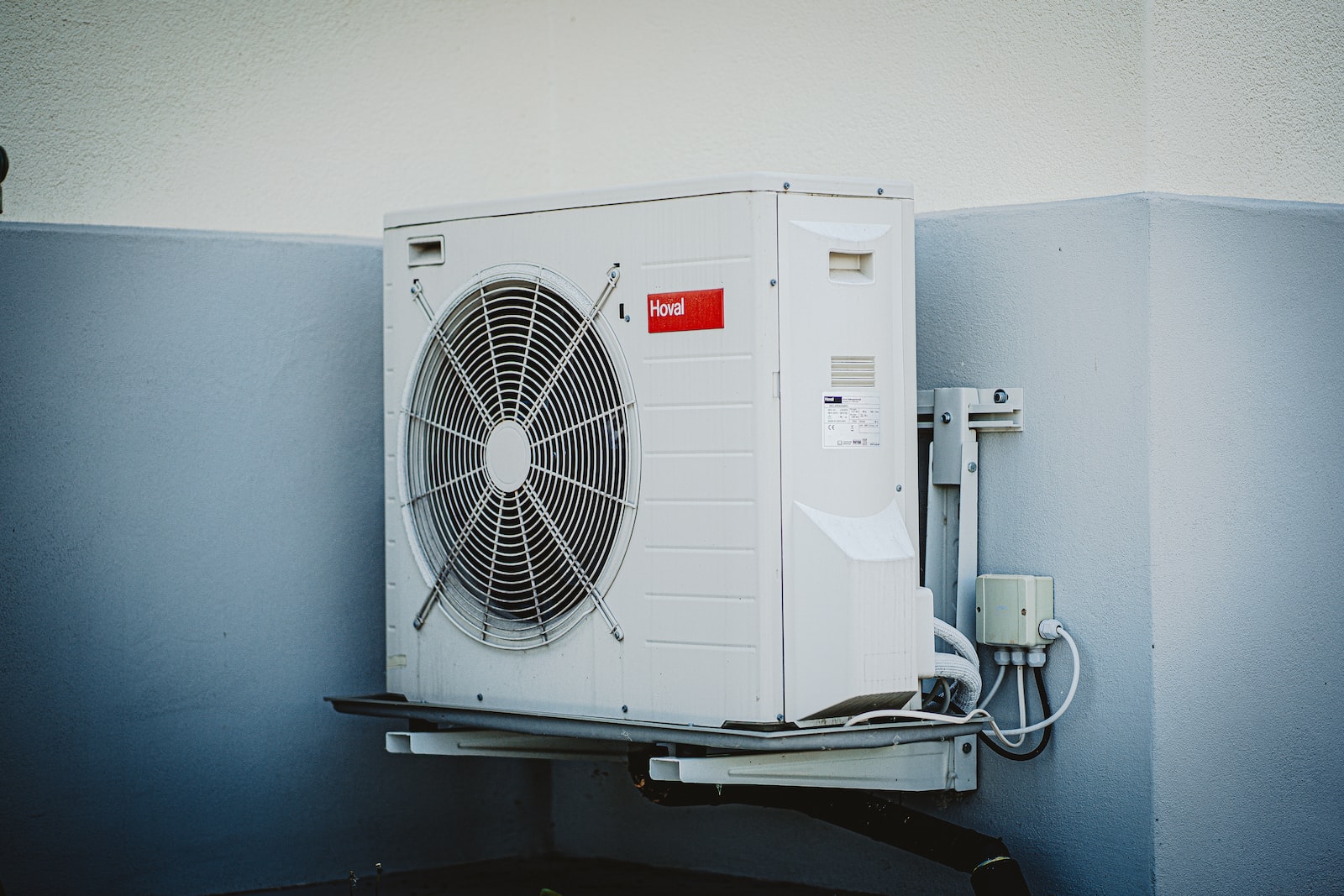Depending on the climate you live in, the size of your home, and your budget, there are several ways that you can achieve the perfect temperature inside your home. You have air conditioner (AC) units, ductless systems, heat pumps, gas furnaces, packaged units, and split systems. The various types of heating, ventilation, and air conditioning (HVAC) systems all work in slightly different ways and serve different climate control needs. Read about each one and decide for yourself which is best for your home, then contact a professional installation company to discuss your heating and cooling needs.
Air Conditioners
This is a classic method for getting the perfect temperature in your home in warm climates. Hot air is removed from a space and the temperature is regulated so that it remains consistent. You can set your ideal temperature as you please. It can cost a couple of thousand dollars to install an AC system in the home, but once you have, they make all the difference and are built for longevity. A Goodman heating and cooling AC unit should last from 10 to 15 years with regular maintenance. As long as you clean the unit and get it checked every year, it will be a sound investment.
Central AC systems use ducts and a system of pipes to disperse cool air all around the home.
Ductless Systems
Ductless AC and central AC produce cool air in your home in exactly the same manner. They both take in the warm air from your home, absorb the heat and moisture from that air, and then dump the heat and moisture outside. The difference is that ductless systems have no ducts. Instead, the outdoor unit that dumps the heat is connected to the indoor cooling unit by refrigerant tubes and electrical wires.
Heat Pumps
A heat pump is a contraption that can pump hot air into a room by transferring thermal energy from outside. It can also pump hot air out of a building. These units are energy-saving compared with air conditioners or furnaces and they work well in all climates. Like a fridge, a heat pump unit uses electricity to transfer heat from a warm place to a cold place.
This is the same technology as an air conditioner. In fact, units that only pump hot air out of the house are known as AC units.
Gas Furnaces
These units are also known as heaters or boilers or combi boilers and they are used to heat the home to the perfect temperature. Generally, they are the main component of a central heating system. In the furnace usually, natural gas such as propane is ignited in a chamber by an ignition switch. A furnace can also run on other fuels, such as wood, oil, or coal. Again, hiring professional heating services is essential to ensure proper installation and maintenance of these types of systems. Not only will it ensure your furnace is working efficiently, but it can also prevent potential safety hazards.
An HVAC system with both a heat pump and a furnace is known as a dual fuel system. The dual fuel system uses its heat pump in hot to mild temperatures (around 40°F and higher) and the furnace in cool temperatures (from 39°F and below). The furnace will produce overwhelming heat if used at over 40°F. It is imperative to get your furnace maintained and cleaned regularly for your safety.
Packaged Units
These units contain both heating and cooling components in one system. This is in contrast with a split system which is made up of an indoor unit and an outdoor unit. Packaged units are generally installed on flat roofs or other flat outdoor spaces, such as on a concrete slab next to the property. They are space-efficient and can be cheaper to install than a split system, which has two units.
However, as they are located outdoors, there is always the chance that exposure to the elements will damage the unit and cause rust.
Split Systems
The idea behind a split system is that the HVAC system in your home has an indoor and an outdoor unit that are attached by copper tubing. Either a heat pump or AC unit is installed outside of the home and either a gas furnace or fan coil is installed in the home. The two components are attached with pipes and electric cables.
This has been a brief look at 6 ways to keep your house at the perfect temperature in all seasons. The world of HVAC products and systems is more complex than you might have realized, but the good news is that this means you have a lot to choose from. The variety of options for heating and cooling your home allows you to install the perfect one for your temperature control needs. Contact a heating and cooling professional business to discuss your options and the best way forward.


